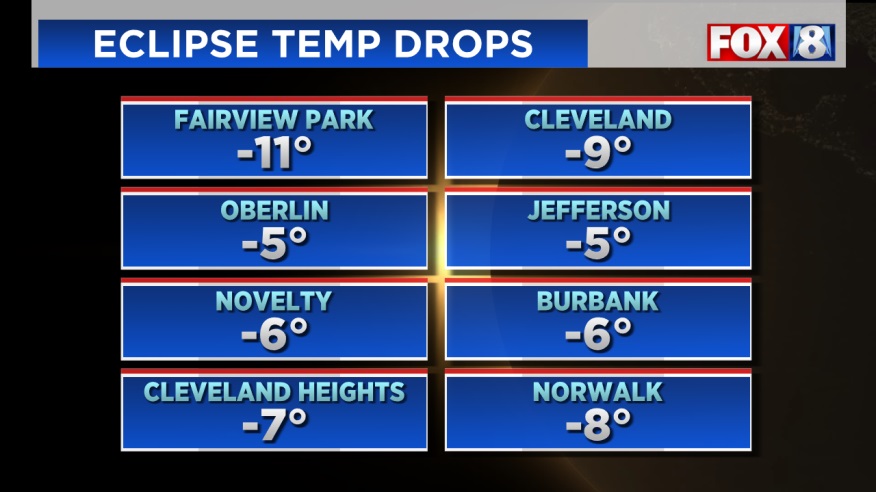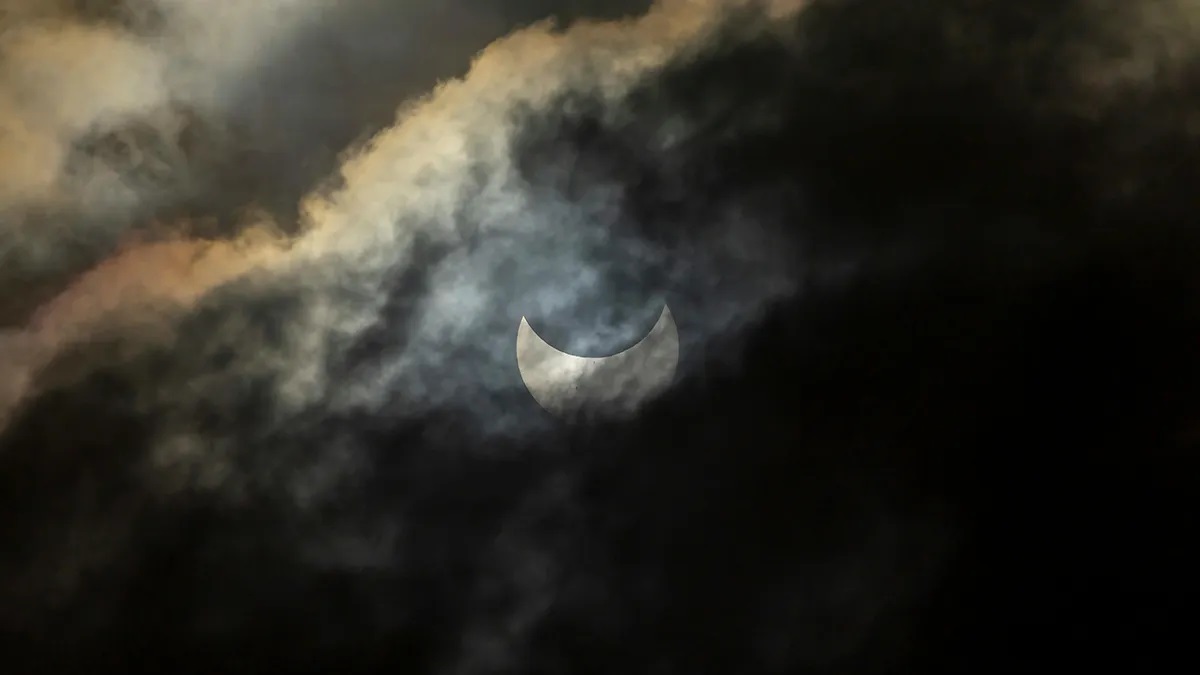Imagine stepping outside during midday and feeling a sudden chill as if dusk had arrived. That’s what happens during a total solar eclipse, where the Moon completely blocks the Sun’s light for a short period. But this cosmic spectacle doesn’t just affect our view of the Sun; it can also cause temporary changes in weather patterns.
While these changes are subtle, they offer a fascinating glimpse into the delicate balance between sunlight and Earth’s atmospheric processes. Let’s explore how solar eclipses cast a fleeting shadow on our weather.
The Chilling Effect: Temperature Drops
The most noticeable impact of a solar eclipse is a decrease in temperature. As the Sun’s rays are blocked, the ground loses its primary heat source. This cooling effect, similar to what happens at sunset, is most pronounced in areas experiencing totality, the path where the Moon completely covers the Sun.
The extent of the solar eclipse temperature drop depends on several factors, including:
- Duration of totality. The longer the Sun is blocked, the more time there is for the ground to cool.
- Humidity. More humid areas tend to experience smaller temperature drops as the moisture in the air retains some heat.
- Cloud cover. Clouds can act like a blanket, both trapping heat before the eclipse and hindering heat loss during it.
Based on past observations, temperature drops during totality typically range from 3°F to 5°F (1.7°C to 2.8°C). This might seem insignificant, but it’s a measurable change considering it occurs in the middle of the day. Here are the temperature drops after an eclipse in Cleveland, Ohio, as of April 2024:

Clearing the Skies: Impact on Clouds
Sunlight plays a crucial role in cloud formation. As water vapor rises and cools, it condenses into tiny water droplets or ice crystals, forming clouds. During a solar eclipse, the decrease in sunlight can affect cloud formation and behavior.
Studies have shown that cumulus clouds, puffy clouds formed by rising warm air, are particularly sensitive to the drop in sunlight. These clouds can dissipate or become thinner during totality. This phenomenon is most noticeable when there’s only partial cloud cover before the eclipse.
However, the impact on clouds is complex and depends on various factors like the type of clouds present and atmospheric conditions. High-altitude clouds may not be significantly affected, and in some rare cases, the cooling effect might even trigger the formation of new clouds.
 Image source: Stephen Leonardi, Pexels
Image source: Stephen Leonardi, Pexels
Solar Eclipse Wind Change: A Gentle Shift
The Sun’s heat doesn’t just warm the ground; it also influences atmospheric circulation. As the ground cools during a solar eclipse, the air above it becomes denser and tends to sink. This can lead to a temporary decrease in wind speed.
Interestingly, some studies suggest the possibility of an “eclipse breeze” developing under specific conditions. This localized wind pattern could be triggered by the uneven cooling of the Earth’s surface, leading to air movement.
However, these wind changes are usually subtle and short-lived. When totality ends, and sunlight returns, the atmosphere quickly regains its balance, and wind patterns return to normal.
 Image source: Willoughby Owen via Getty Images
Image source: Willoughby Owen via Getty Images
Short-Lived Phenomenon: No Lasting Impact
It’s important to remember that the solar eclipse weather effects are temporary and localized. The eclipse path typically covers a narrow band on Earth’s surface, and the changes only last for the duration of totality, usually a few minutes.
Solar eclipses have no lasting impact on large-scale weather systems. Once the Sun’s rays return, the Earth’s atmosphere quickly recovers, and weather patterns resume their normal course.
How Does a Solar Eclipse Affect Weather? Summary
Here’s a table summarizing the potential weather changes caused by a solar eclipse:
| Weather Factor | Potential Effect |
|---|---|
| Temperature | Decreases by 3-5°F (1.7-2.8°C) |
| Humidity | May increase slightly |
| Wind speed | May decrease or change direction |
| Cloud cover | May decrease, especially for low-level clouds |
A Window into Atmospheric Processes
While the weather changes caused by solar eclipses are subtle, they provide valuable scientific insights. By studying these fleeting effects, scientists can gain a better understanding of how sunlight interacts with the Earth’s atmosphere and influences weather patterns. Future research may delve deeper into the connection between a solar eclipse and cloud formation, wind patterns, and even the potential for triggering localized weather events.






